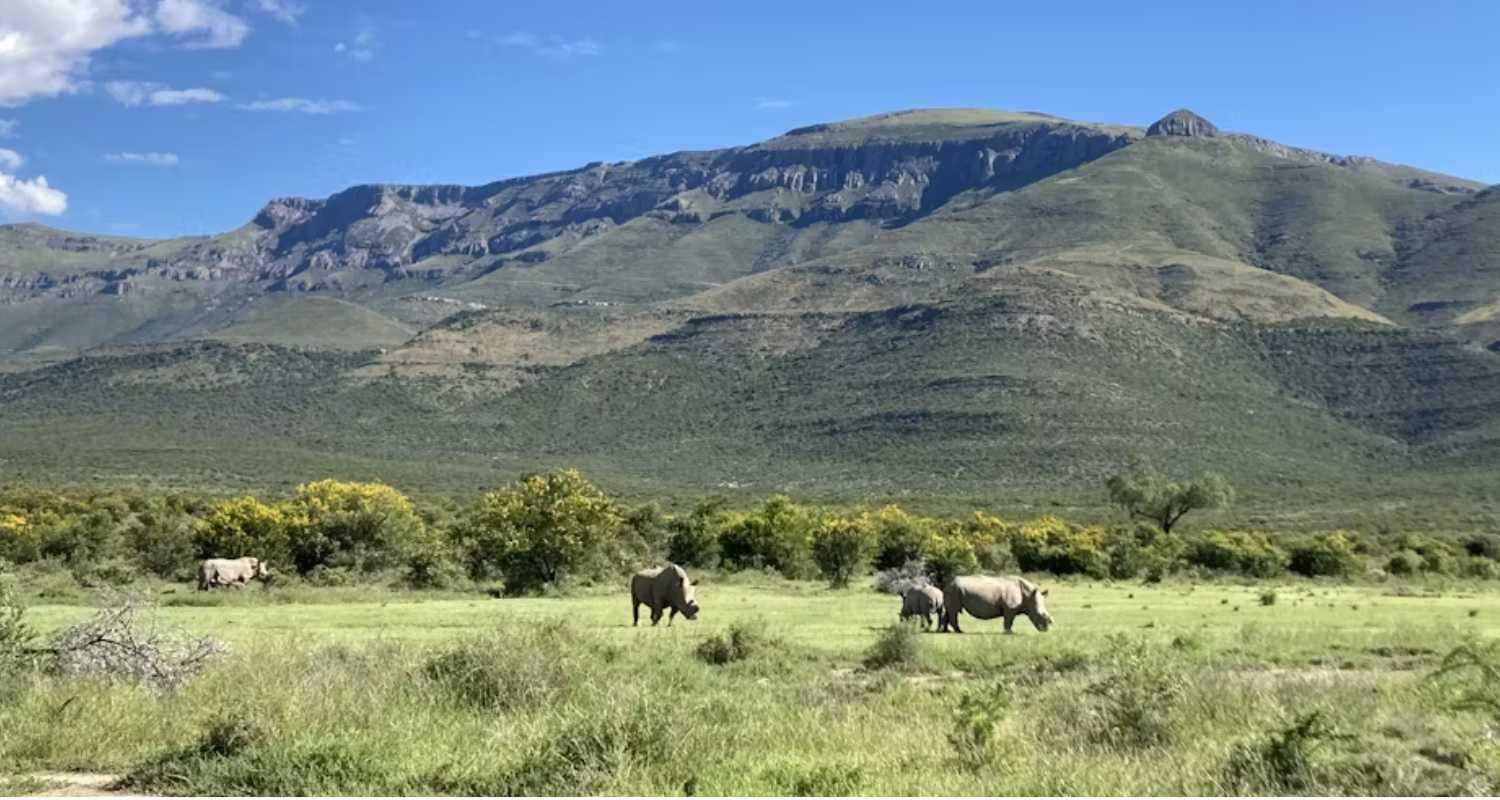There are four species of centipede-eating snakes in southern Africa. These are small snakes, usually under 30 cm in length. They live under logs, rocks, or leaf litter, especially in soft sandy areas and may also be seen on the move at night, especially after rain. They are often hit by vehicles whilst crossing roads at night. They are also frequently caught by cats and brought into houses or fall into swimming pools.
These snakes are specialist hunters, feeding almost exclusively on centipedes. Bites are not common to humans, but they may bite in a slow movement if handled. They are considered mildly venomous to humans, the bites sometimes causing mild swelling or discolouration that fades in a day or two. In centipedes, the venom from the snake is potent and causes death rapidly and the snake then swallows the centipedes headfirst. Reticulated centipede-eaters feed largely on centipedes, but have also been recorded eating small scorpions, even the highly venomous Transvaal thicktail scorpion (Parabuthus transvaalicus). This is the only southern African snake that has been recorded eating scorpions.

The reticulated centipede-eater is a common species in the lowveld, especially in the greater Hoedspruit area. It averages 30-40 cm in length but can reach a maximum length of 54 cm. It is a light grey to beige coloured snake with dark-centred scales. This makes it very easy to confuse these snakes with the highly venomous Mozambique spitting cobra which also has dark-centred scales. Mozambique spitting cobras have a larger, bulkier head and light eyes with a distinct pupil. The reticulated centipede-eater has a small head with small, dark eyes. The Mozambique spitting cobra also has black bars on the throat that are visible on the side of the neck whilst the snake is slithering.

The juvenile reticulated centipede-eaters have a dark band behind the head and dark blotches down the neck that become reduced down the body. These dark blotches will fade as the snake ages and grows, becoming almost absent in adult snakes. Females produce around 3-4 elongate eggs in early summer which will take between 70-90 days to hatch. The hatchlings measure around 12 cm.
These little snakes are a special sighting due to their secretive lifestyle, but they can be abundant in the right areas and under the right weather conditions. They are easily mistaken for the venomous Mozambique spitting cobra, and it is important to become familiar with both species if you live in the area, in order to be able to differentiate them.
Check out the website on www.africansnakebiteinstitute.com – get your FREE App on the link http://bit.ly/snakebiteapp











